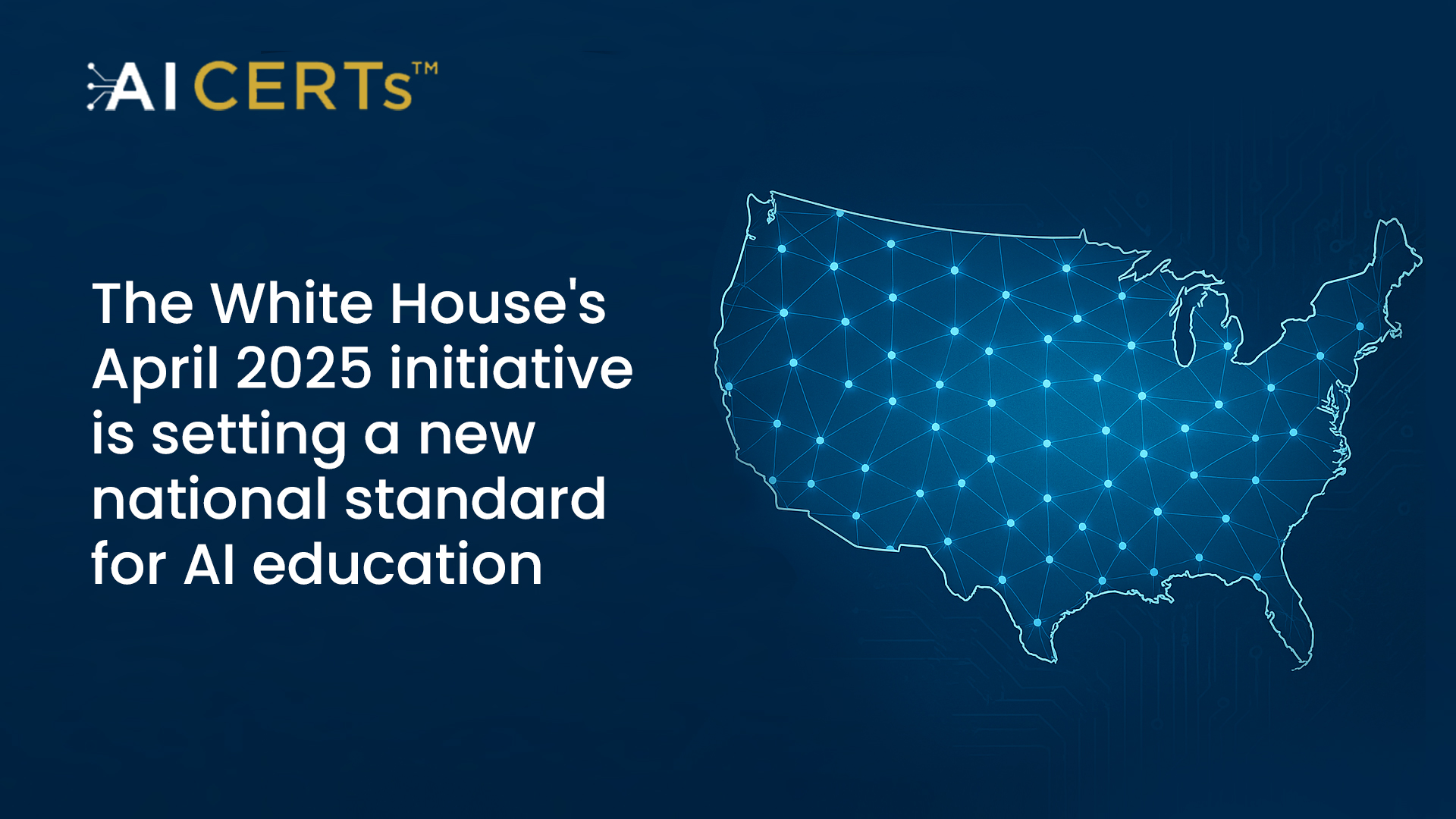Frameworks for Ensuring Transparency in AI Algorithms
Introduction
Many Americans fear the rapid expansion and integration of artificial intelligence (AI) into daily life. 52% of Americans were more concerned than excited about AI, according to a Pew Research Center survey. Growing concerns about AI’s effect on privacy, employment, and ethics reflect broader uncertainties. Most older adults (61% of those 65 and older) are concerned, while only 4% are excited. This demographic divide highlights ethical concerns in role of technology and risks.
In this blog, we’ll explore AI transparency frameworks and ethical AI guidelines, which will help in making AI algorithms transparent.
AI Transparency Frameworks
In this section, we will explore the essential frameworks that underpin the transparency in AI, discussing their benefits and methods.
1. Overview of Key Frameworks
AI transparency promotes accountability and trust. Transparent AI systems are developed and deployed using several frameworks. Notable examples include the AI Transparency Institute’s Framework, IEEE’s Ethically Aligned Design, and EU’s Ethics Guidelines for Trustworthy AI are notable. These frameworks promote clarity in AI decision-making, enabling humans to understand and trace AI behaviors. They stress the importance of documenting the data used by AI systems, decision-making processes, and evaluation criteria.
2. Benefits of Adopting Transparency Frameworks
Organizations benefit from transparency frameworks. First, they make AI system operations more understandable and predictable, building user and stakeholder trust. Trust is essential to accept and integrate AI technologies in sensitive fields like healthcare and finance. Additionally, transparent AI systems improve decision-making accuracy. Understanding how AI models reach conclusions helps developers and users spot biases or errors, resulting in more informed and accurate results.
2. Evaluation of Framework Effectiveness
Transparency frameworks are assessed using multiple metrics. Independent reviewers audit AI systems to ensure transparency. Performance metrics can also assess how well the AI system follows its documented procedures and how they affect its decision-making. User surveys and feedback are also important, as they reveal whether users feel informed about the AI system’s operations and whether its transparency has increased their trust in it.
Ethical AI Guidelines
Ethical AI guidelines form a staunch foundation for customer safety and transparency. In this section, we will explore principles, ethical guidelines, and the global impact of ethical guidelines.
1. Core Principles of Ethical AI
Ethical AI guidelines set several principles to ensure responsible AI development and use. AI systems must be transparent so users can understand their decisions. Accountability requires mechanisms to hold AI developers and operators accountable for their systems’ performance. Fairness ensures that AI systems mitigate biases and inequalities, promoting equity in all user interactions. Ethical AI relies on these principles to protect human interests and build trust in AI.
2. Developing Ethical Guidelines for AI Projects
Organizations must go beyond industry standards to implement ethical AI guidelines. Beginning with a thorough understanding of the AI’s operating contexts. To address a variety of ethical issues and impacts, organizations must involve diverse stakeholders. These stakeholders should provide continuous feedback on these guidelines, including pilot testing to identify unexpected issues. Organizations can ensure that their AI systems are compliant and beneficial to end-users by tailoring ethical guidelines to each project’s unique challenges and opportunities.
3. Global Impact of Ethical Guidelines
International perspectives and cross-border collaborations influence ethical AI guidelines. Regional priorities and ethical standards may affect global AI practices. EU’s General Data Protection Regulation (GDPR) sets a global privacy and data protection standard, influencing how AI systems handle data. Global collaborations like the G7 and OECD work to standardize AI ethics. These international efforts ensure that ethical AI guidelines promote a broad consensus on responsible AI, reducing conflicts and encouraging global AI technology development.
Implementation and Challenges
Challenges are inevitable in implementation of ethical frameworks and ensuring transparency. Let’s discuss how this can be achieved and the barriers to building culture of organizations.
1. Practical Steps for Implementing Transparency
A clear strategy and several steps are needed to implement AI transparency. First, organizations should define transparency for their AI applications and set openness and accountability goals. Next, data provenance, quality, and fairness must be documented during data collection to ensure transparency. Develop AI models with explainable AI (XAI) techniques to make decision-making accessible and understandable to end-users. The AI should be monitored continuously after deployment, with periodic audits and updates to ensure transparency.
2. Technological and Organizational Barriers
Despite best efforts, several barriers can prevent AI system transparency. Complex AI models, especially deep learning models, can be opaque and hard to interpret technologically. Lack of ethical AI-trained staff and stakeholder resistance who value performance or speed over transparency are organizational barriers. Additionally, data privacy concerns may limit AI process information availability.
3. Overcoming Resistance and Building Culture
Organizational culture must change to value ethics in AI development to overcome transparency resistance. Leadership can achieve this by instilling transparency as a company value. Training programs and workshops can teach employees how transparency builds user trust. Additionally, cross-functional teams with ethicists, data scientists, and legal advisors can ensure diverse AI development and governance perspectives. Rewarding transparency can also promote ethical AI practices in the company.
Conclusion
Transparency and ethics in AI development and deployment are crucial. As we saw, these frameworks and principles are essential to creating innovative, trustworthy, and fair AI technologies. AI operations are transparent and understandable, which builds user and stakeholder trust. However, ethical guidelines ensure accountability and fairness in AI technologies, respecting human values and rights.
Developers, policymakers, and end-users must collaborate to achieve ethical AI. As AI technologies evolve, we can address new challenges and ethical considerations by keeping an open dialogue and regularly reviewing and refining AI practices. Thus, all parties must commit to ongoing transparency and ethical efforts to ensure that AI systems benefit society. This collaboration will enable responsible and beneficial AI innovations.
Discover frameworks for transparency with our certifications and empower your AI knowledge with integrity by exploring frameworks. Learn how transparent frameworks can transform technology accountability to advance ethical AI. Our expert insights can turn AI myths into trust, and you can lead ethical AI by mastering responsible technology principles. Learn how to implement and follow top AI standards with AI transparency in just a click away and enroll into AI+ Ethics certification at AICERTs.
Recent Blogs

FEATURED
Best AI Certification Programs for Remote Jobs in 2025
April 25, 2025
FEATURED
AI Skill Gap and the Growing Need for AI Certifications
April 25, 2025
FEATURED
10X Your Training Institute’s Revenue with AI CERTs™ ATP Partnership
April 18, 2025
FEATURED
Why Training Institutes Are Embracing Certification Partner Programs in 2025
April 18, 2025